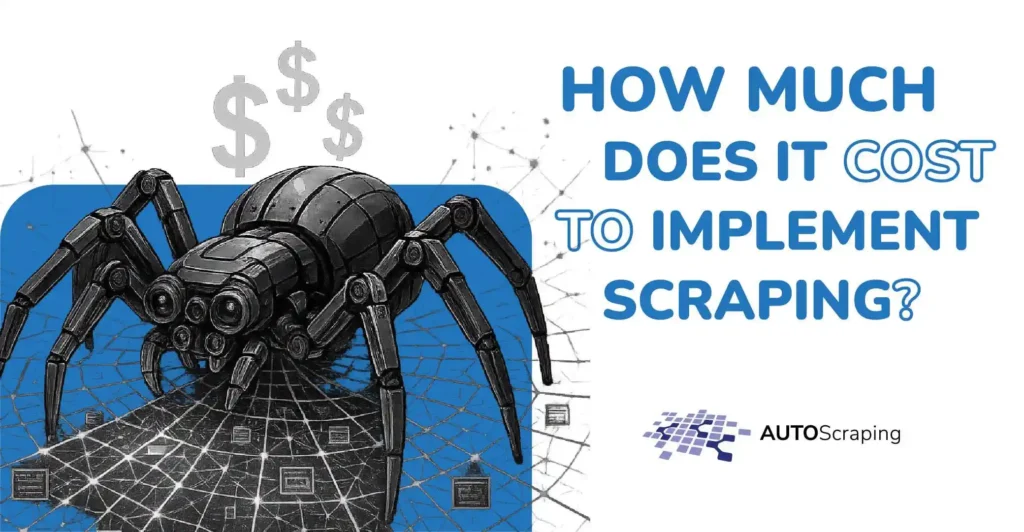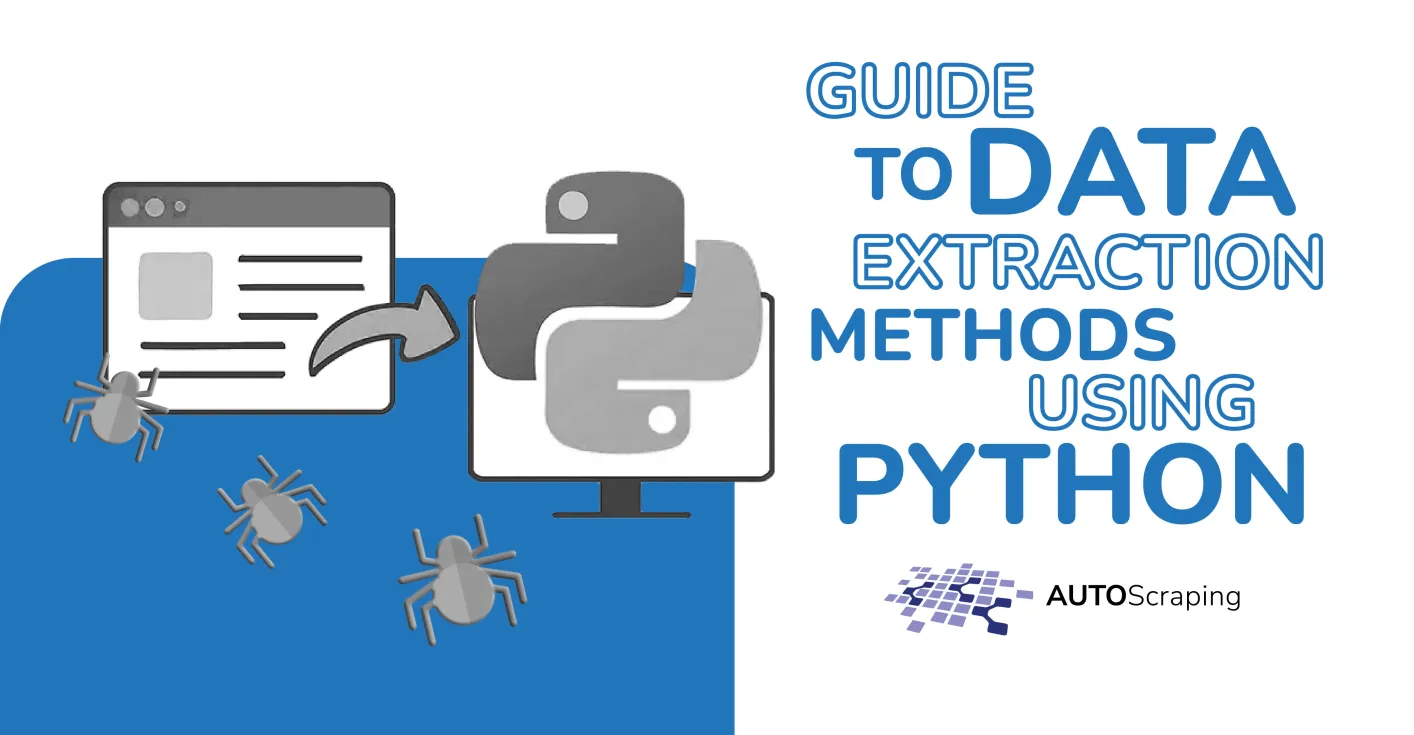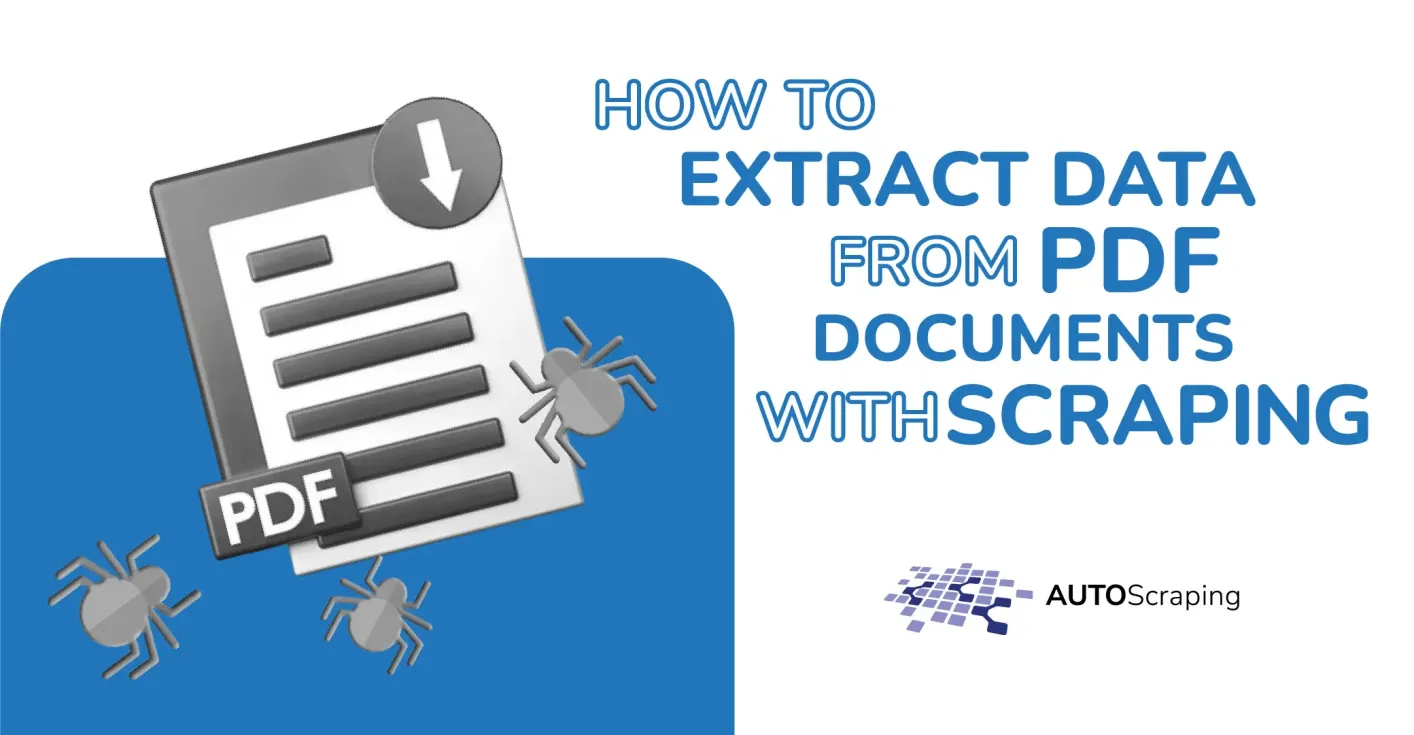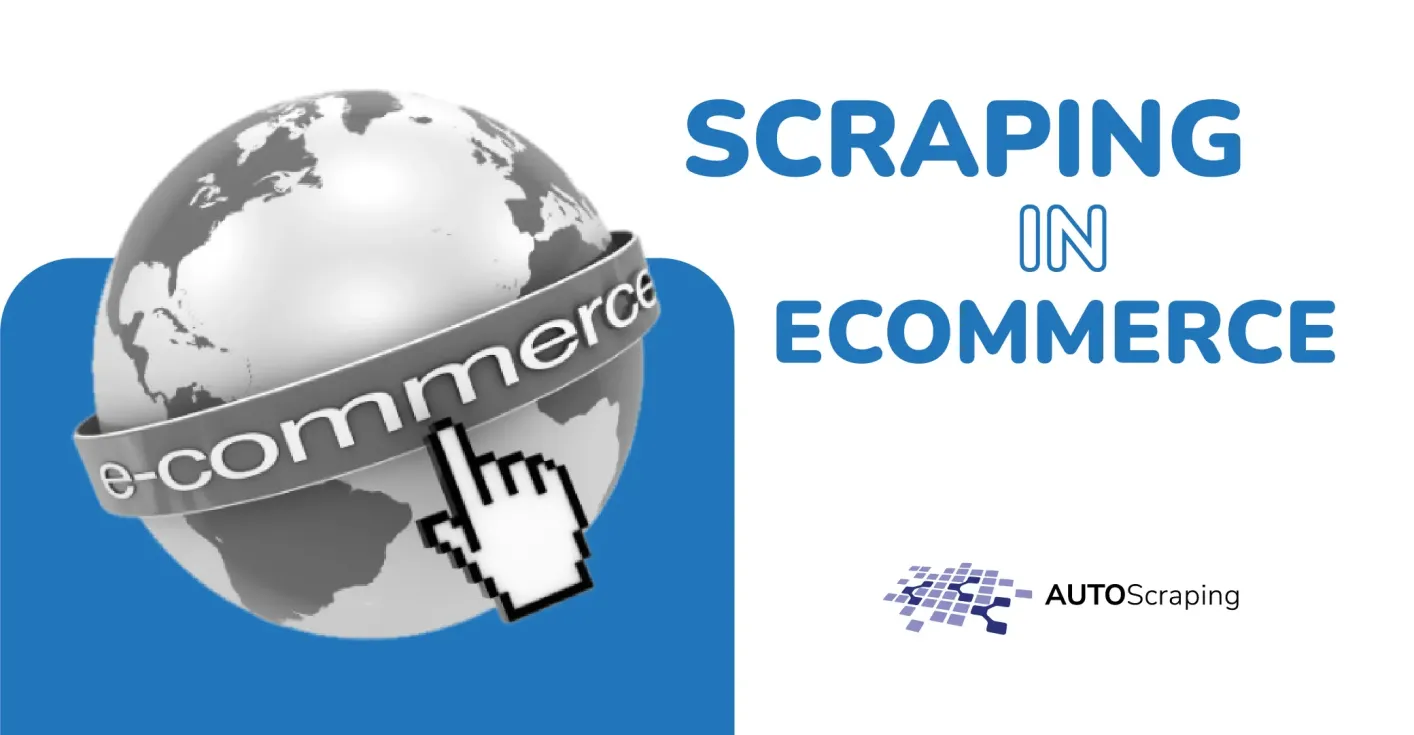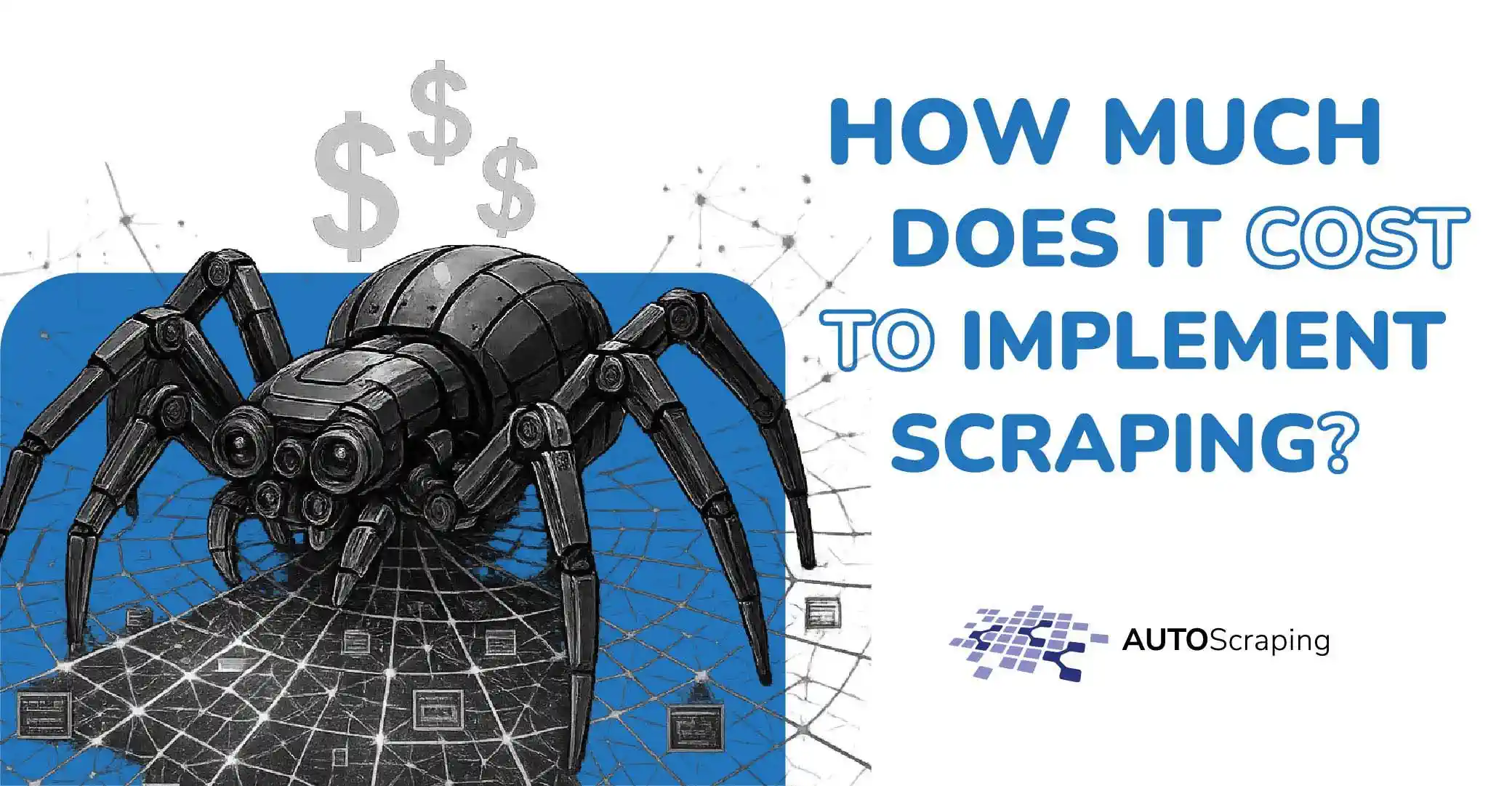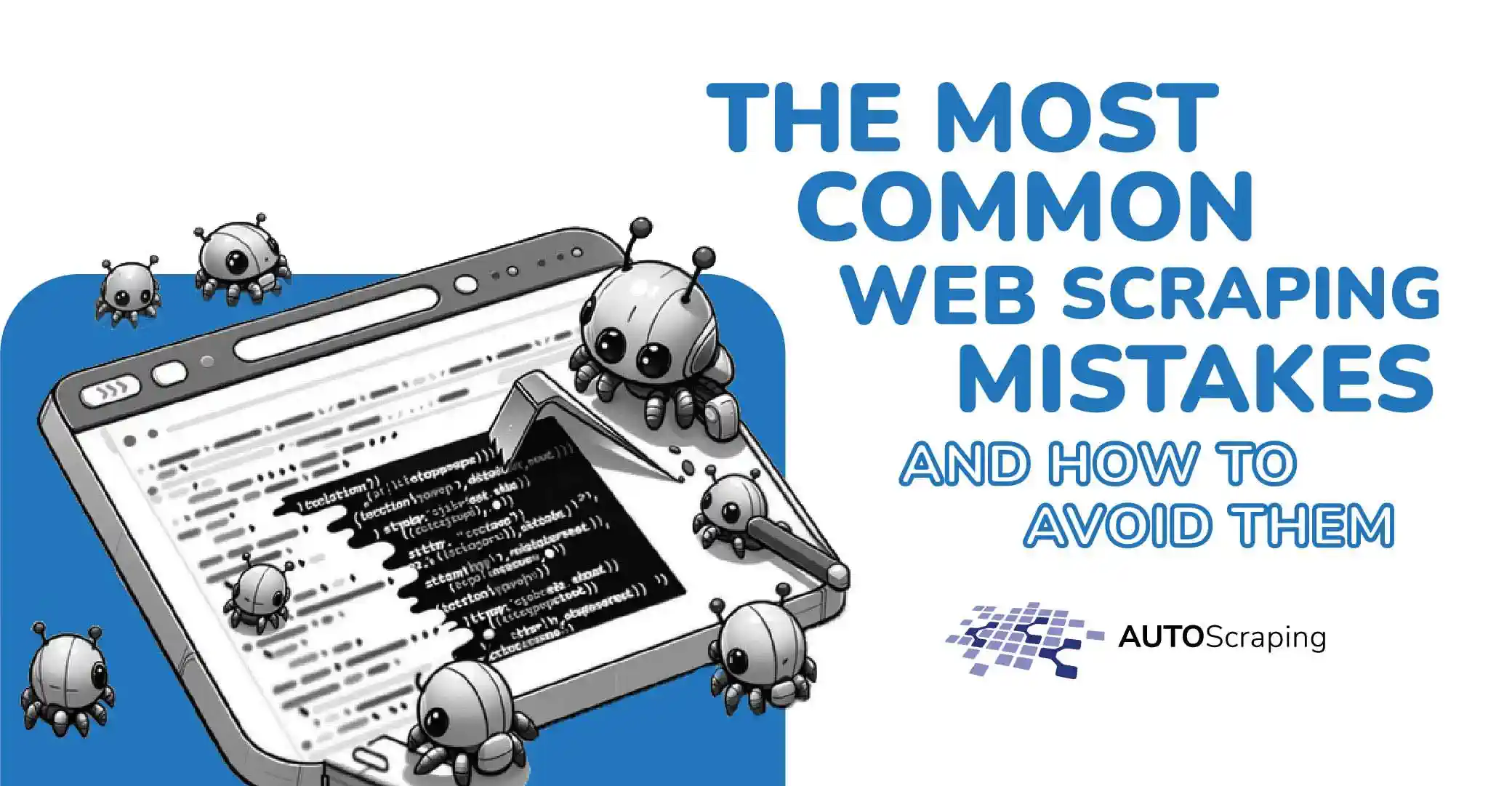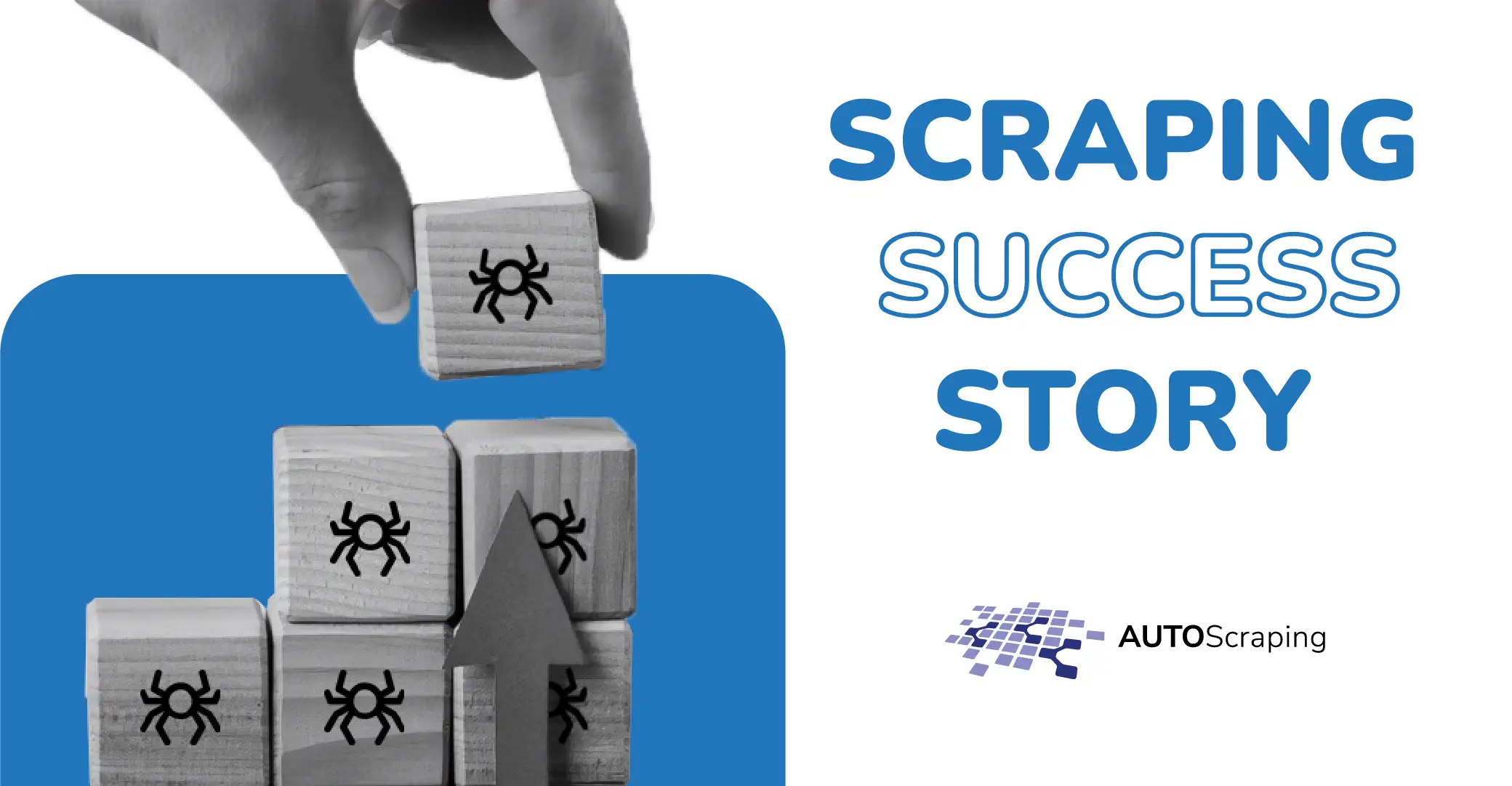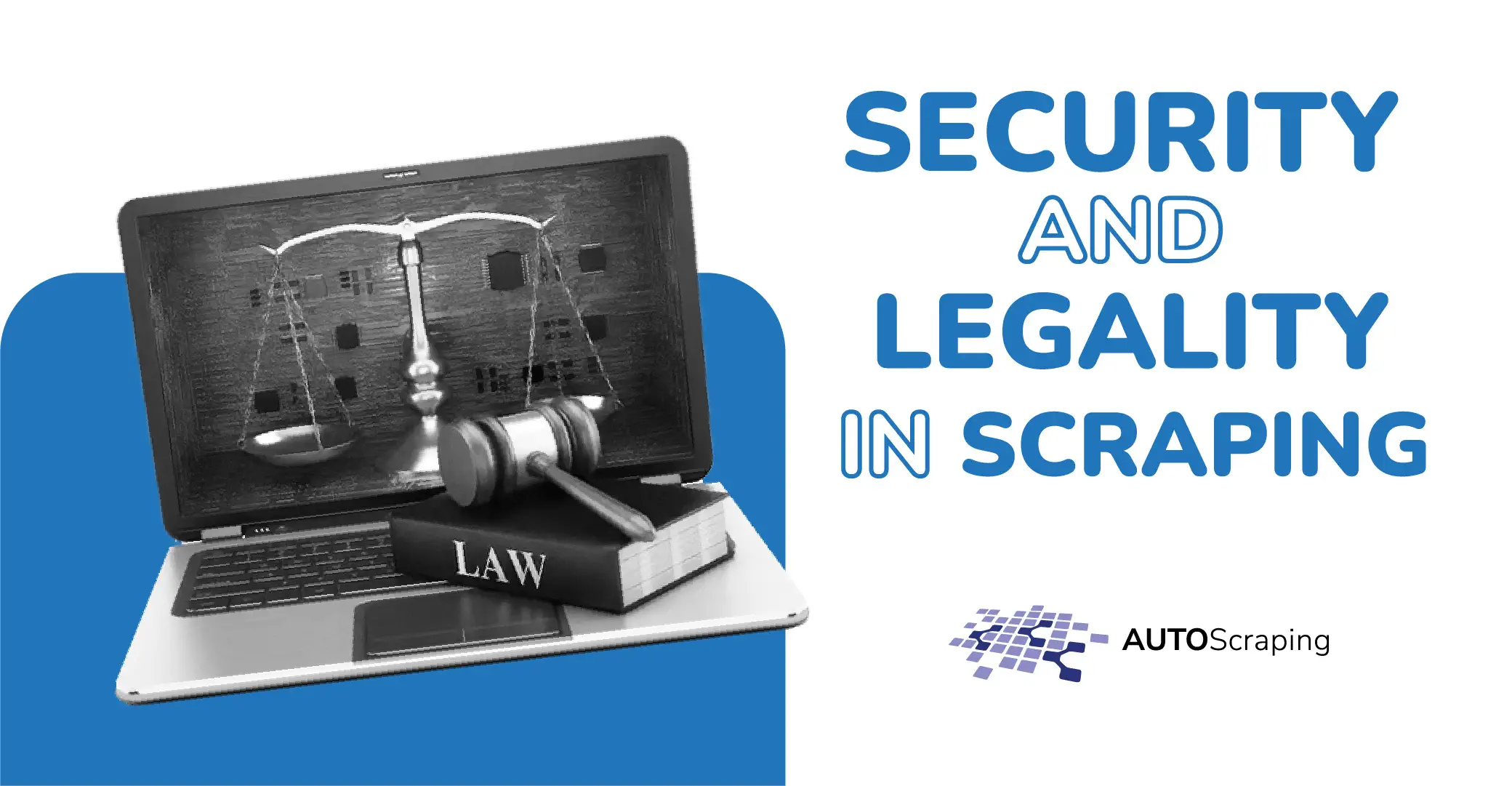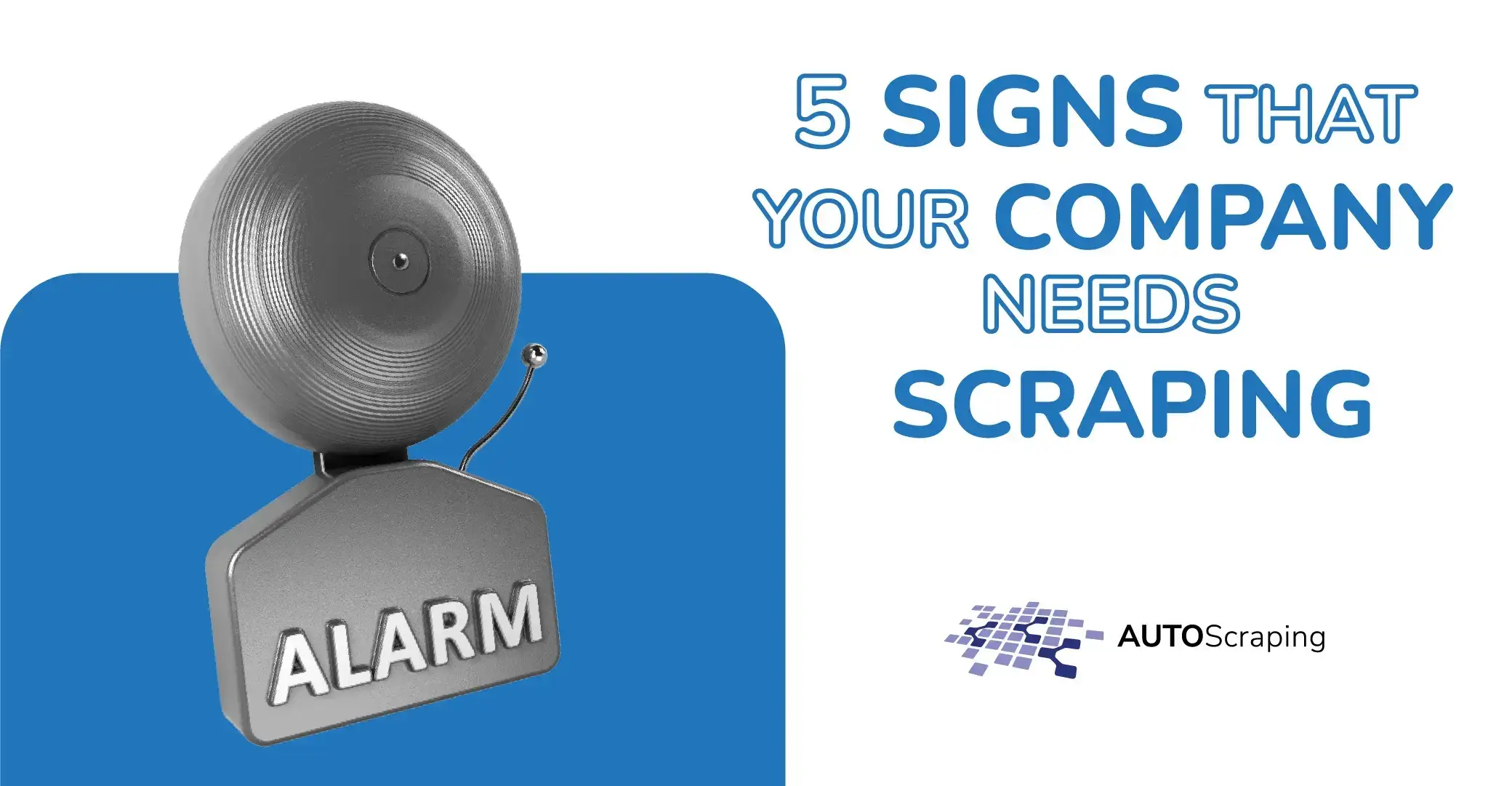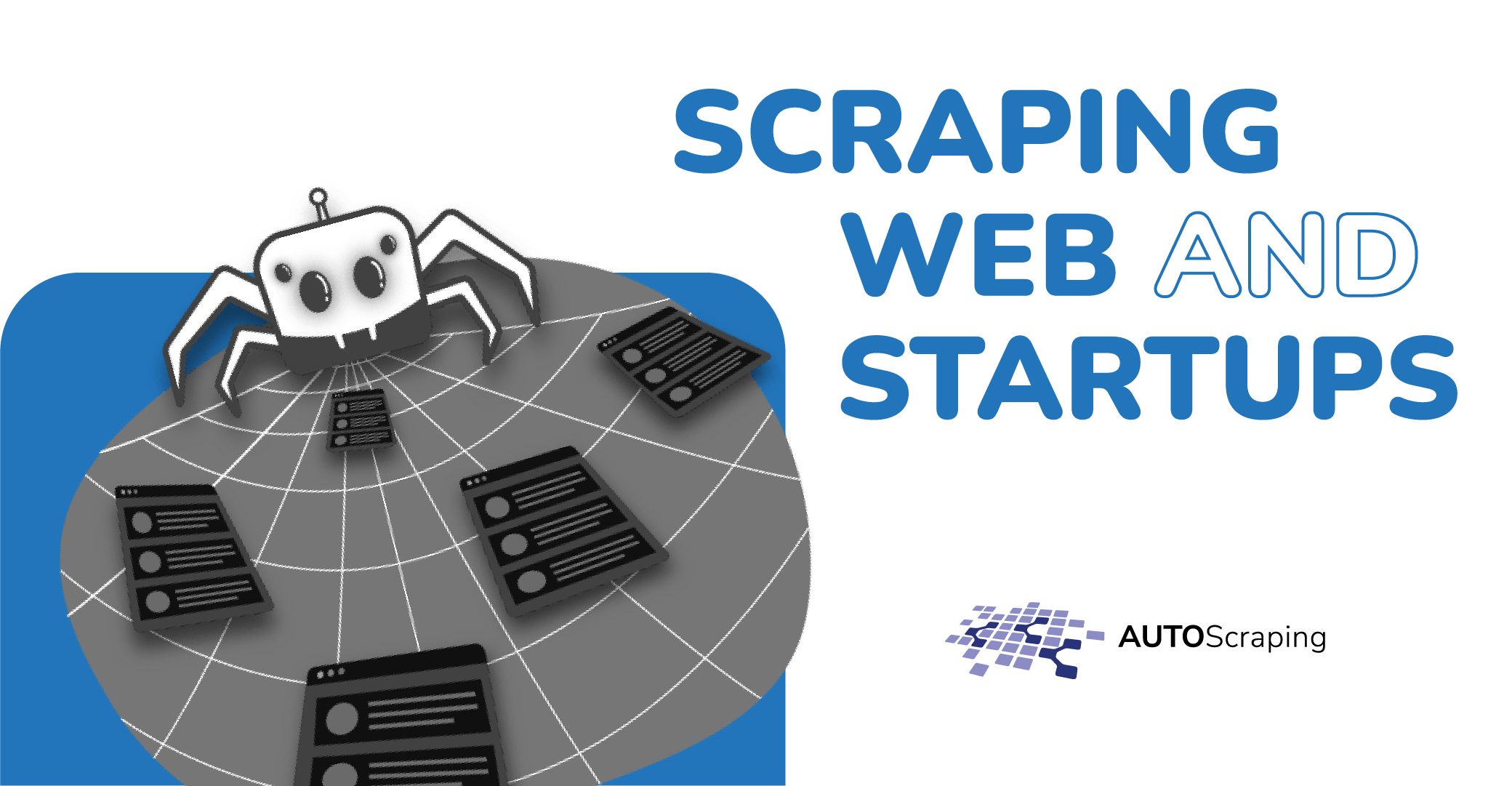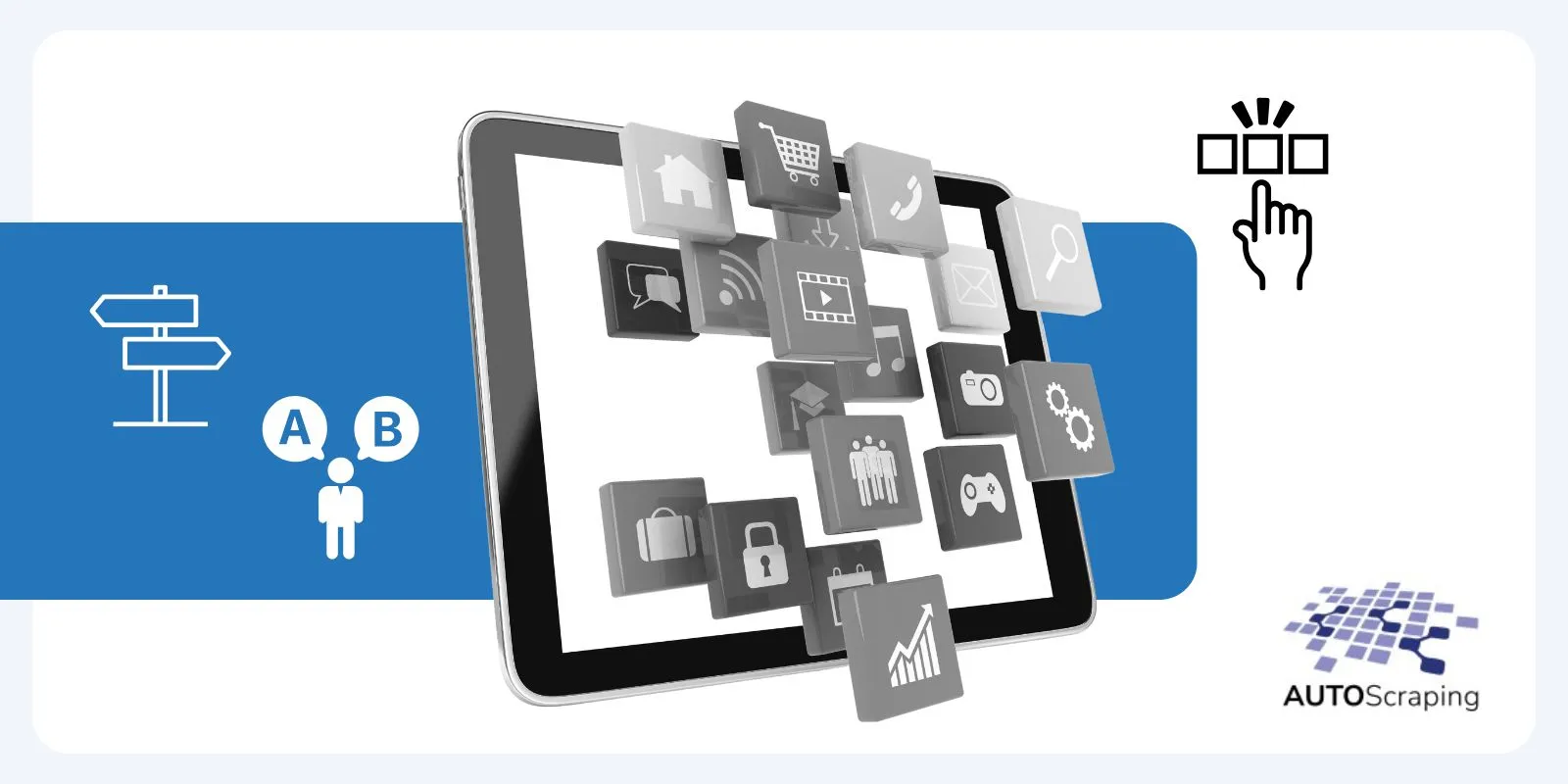The web scraping has become a key tool for companies that seek to extract market data, analyze the competition and make informed decisions based on up‑to‑date information. However, one of the biggest challenges when adopting this technology is understanding the associated costs and choosing the best option in terms of efficiency and scalability.
Is it more convenient to develop an in‑house scraping solution, hire freelancers or outsource the service to a specialized agency?
In this article, we analyze the costs of each option, their advantages and disadvantages and how Autoscraping can help you optimize your scraping investment.

Factors that influence the cost of scraping
Before analyzing the different options, it is important to understand the elements that determine the cost of a scraping project.
Complexity of scraping
The price of scraping varies depending on how difficult it is to extract the data:
- Static websites: easier to scrape, require fewer resources
- Sites with anti‑scraping measures (CAPTCHAs, IP blocks): need advanced techniques and raise costs
- Data volume: extracting large amounts of information requires more robust infrastructure
- Extraction frequency: real‑time scraping or constant updates is more expensive than a one‑off process
Infrastructure and tools
Costs may vary depending on the infrastructure used:
- Cloud servers (AWS, Google Cloud, Azure) for large‑scale processing
- Rotating proxies to avoid blocks and increase efficiency
- Software and frameworks (Scrapy, Selenium, Puppeteer) that may require licenses or extra development
Maintenance and updates
Scraping is not a static process. As websites change their structure, scrapers must be updated. Maintenance represents a recurring cost that should be considered in any solution.
In‑house development vs. freelancer vs. agency
To determine the best option for a company, let’s analyze the approximate cost of each alternative.
In‑house development (own team)
Building an in‑house scraping team can be ideal for startups with constant data‑extraction needs and seeking total control over their infrastructure.
Estimated costs:
- Scraping engineer (annual salary): $60,000–$100,000
- Infrastructure (servers, proxies, storage): $500–$5,000/month
- Tools and software: $200–$1,000/month
- Maintenance and optimization: $2,000–$10,000/year
Total approximate annual cost: $80,000–$150,000+
Advantages: - Full control over data and processes
- Greater customization and flexibility
- Better integration with other internal systems
Disadvantages: - High initial and recurring cost
- Requires specialized talent that is hard to find
- Constant maintenance and updates
Hiring a freelancer
Working with a freelancer can be an economical option for small or short‑term projects.
Estimated costs:
- Scraper development (one‑time project): $500–$5,000
- Proxies and hosting (if not included): $50–$500/month
- Maintenance and adjustments: $100–$1,000/month
Total approximate annual cost: $5,000–$20,000
Advantages: - Lower initial cost
- Ideal for specific projects or proofs of concept
- Flexibility in hiring
Disadvantages: - Variability in service quality
- Dependence on a single developer
- Lack of scalability for large projects
Outsourcing to a specialized agency
Scraping agencies like Autoscraping offer scalable and optimized solutions for startups that need high‑quality data extraction.
Estimated costs:
- Initial implementation: $2,000–$10,000
- Monthly scraping plan: $500–$10,000/month
- Support and maintenance: included in most plans
Total approximate annual cost: $10,000–$100,000+
Advantages: - Turnkey solution without infrastructure management
- Scalability to adapt to company needs
- Legal compliance to avoid issues with terms of service and regulations
- Maintenance included, so you don’t worry about website changes
Disadvantages: - Less customization than an in‑house team
- May be costly for early‑stage startups

Which is the best option for your company?
The right choice depends on factors such as budget, scalability needs and control over data. If you have a limited budget and only need occasional scraping, a freelancer may be a good choice. If scraping is a key part of your business and you need full control, building an in‑house team is recommended. If you’re looking for a scalable, efficient solution without technical concerns, outsourcing to an agency like Autoscraping is the best alternative.
At Autoscraping, we offer personalized, scalable scraping solutions that ensure reliable data access without your startup having to worry about infrastructure or maintenance. If you’d like to learn more, contact us and discover how we can help you optimize scraping in your company.

